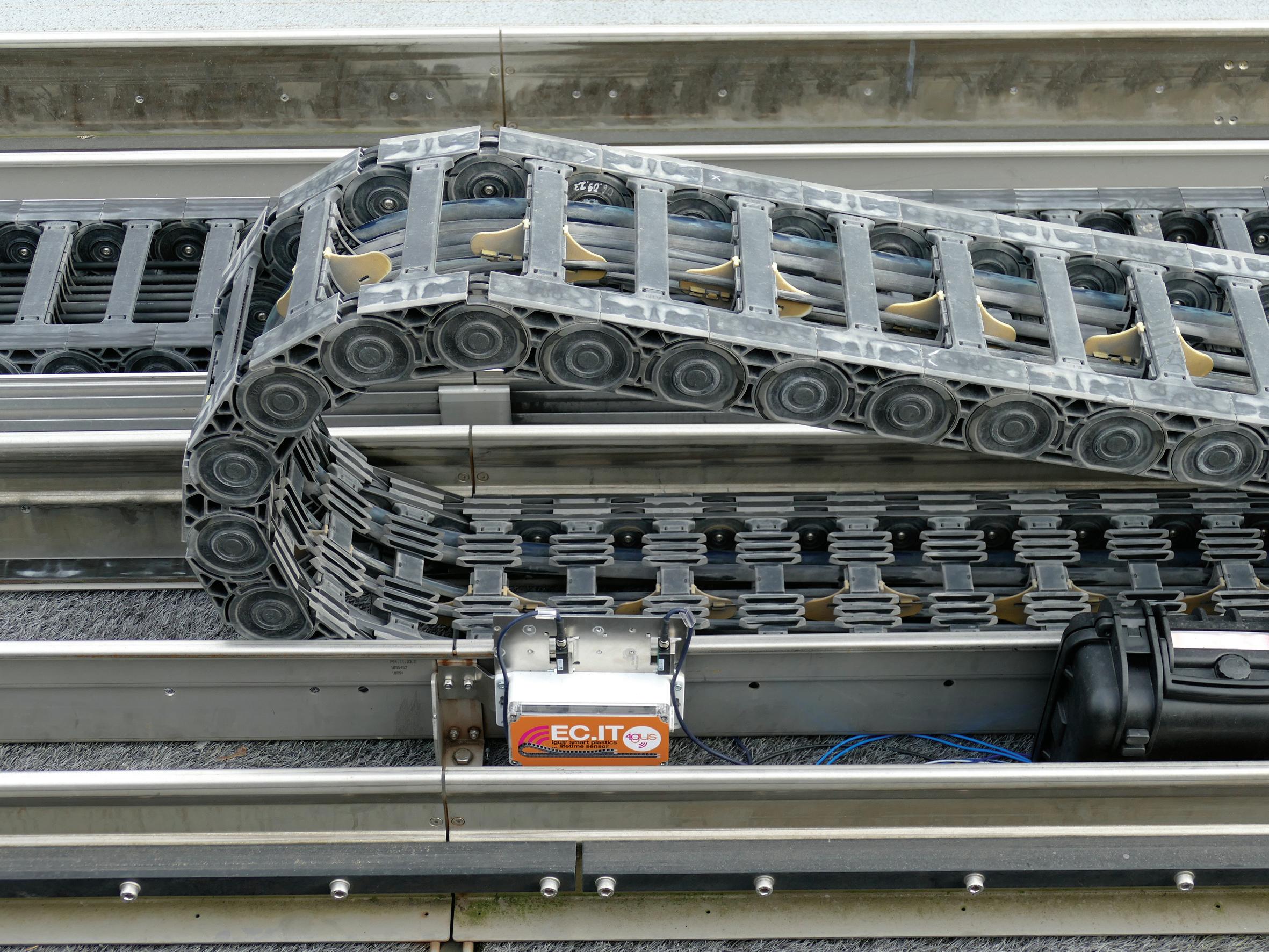
2 minute read
Obstacles to coal trade’s progress
During recent weeks signs of adverse influences already affecting or likely to affect commodity imports have become more prominent. Consequently estimates of world seaborne dry bulk trade in 2025 have been revised downwards to show little or no growth, with a possibility of a reduction.
The outlook for world economic activity has deteriorated, amid trade policy changes with widespread impacts in many countries. In its latest assessment the International Monetary Fund observes that “the global economy enters a new era” amid trade tensions and high policy uncertainty which, if sustained, has the potential to slow economic growth significantly. Forecast 2025 global GDP growth has been lowered by half a percentage point to 2.8%, after last year’s 3.3% increase.
Coal
One especially visible puzzle, albeit for separate reasons, is prospects for coal trade after substantial enlargement over the past two years. Current indications point to limited potential for this upwards trend to continue, and a more likely outcome is that the 2025 total volume will be below the level seen in the previous twelve months. Reduced steam coal import demand is foreseeable.
Among individual importing countries where changes may be envisaged, China’s purchases are particularly difficult to predict. Growth in world seaborne coal trade in the past two
1:
source: various & BSA estimates *BSA estimate years has been largely a result of greatly expanded purchases by Chinese buyers. In the first quarter of 2025 the country’s coal imports (including some overland movements) were down by1% to 114.8 million tonnes, reinforcing other signs of a possible downturn in the annual volume
Iron Ore
Steel production in many raw materials importing countries could be negatively impacted by a weakening of global economic activity in the twelve months ahead. Output in numerous steel-using manufacturing industries, as well as in construction, may be restrained by slacker consumer and corporate spending patterns.
While providing only limited indications of the ongoing trend, World Steel Association data for crude steel production in the first quarter of 2025 showed some contrasting outcomes. Reductions, compared with the same period a year earlier were seen in the European Union (down by 2.5% at 32.4mt), South Korea (down by 3.6% at 15.5mt) and Japan (4.9% lower at 20.4mt). By contrast China’s volume was 0.6% higher at 259.3mt.
GRAIN & SOYA
Prospects for world trade in wheat plus corn and other coarse grains suggest that a much lower total is foreseeable in the current 2024/25 trade year ending third quarter 2025. For the period further ahead expectations are still tentative, awaiting further clarification of northern hemisphere summer harvests in importing countries which will affect import requirements.
Updated estimates published by the US Department of Agriculture last month showed world wheat and coarse grains trade falling by 49mt or 10% in 2024/25, to 416mt. These volumes are mostly seaborne movements. Continued downwards revisions of China’s imports are the main contributory influence, with these now forecast to fall by 36mt (59%) to 25mt, amid abundant supplies of grain available in the Chinese domestic market.
Minor Bulks
The ‘agricultural bulks’ sub-category of the minor bulks segment comprises various oilseeds and meals, rice, sugar and other commodities, totalling over 275mt in 2024. After an upwards trend in recent years, some signs point to a flat or lower outcome this year.
Bulk Carrier Fleet
Almost two-fifths of the world fleet of bulk carriers consists of ‘Capesize’ vessels, statistically defined as bulk carriers of 100,000 deadweight tonnes and over, including Newcastlemaxes and very large ore carriers. In the past year this category grew by under 2%, as shown in table 2, to 401m dwt at end2024.
Signs suggest a similar outcome during 2025, reflecting stable newbuilding deliveries, although there is potential for increased scrapping to occur and reduce the fleet growth rate.
source: Clarksons (historical data) & BSA estimates *BSA estimates









